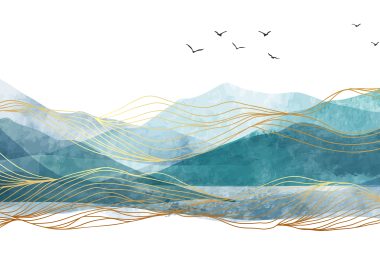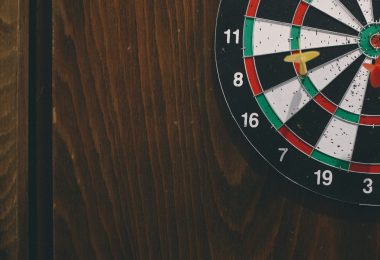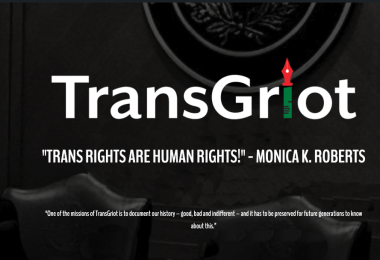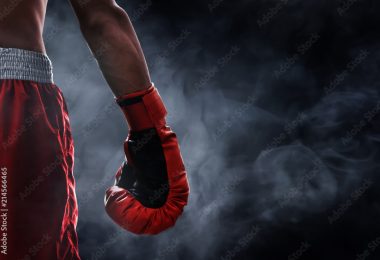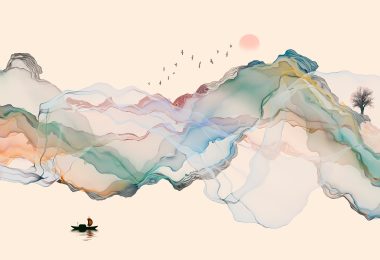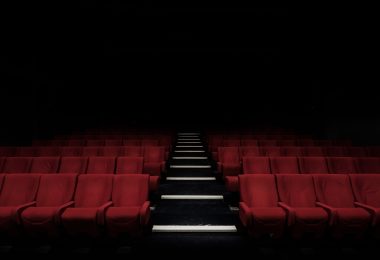(cover photo by Ames Beckerman)
In the early morning of November 18, I joined the organizers of the International Association of Trans Bodybuilders and Powerlifters (IATBP) as we headed to the home of the executive director, Bucky Motter. We gathered at Bucky’s place for the final preparation of the organization’s most important event of the year: a powerlifting meet and a bodybuilding contest that “represents the future of transgender bodybuilding and powerlifting.”
Having recently become a board member and ambassador in 2023, I was excited to witness firsthand how IATBP has transformed the bodybuilding and powerlifting communities. Their commitment to inclusivity is evident through the creation of sporting categories that reject classifying athletes based on biological sex.
What sets IATBP apart is not merely its organization of the first bodybuilding and powerlifting competitions for trans people by trans people, but it creates new competition and meet divisions for transgender, nonbinary, and gender nonconforming athletes based on gender identity and gender expression. In both sports, IATBP categorizes athletes into four divisions: Masc, Femme, Gender Nonconforming, and Open. These first three divisions are further subdivided into weight classes and/or duration of Hormonal Replacement Therapy.
Amidst the anti-trans athlete ban enforced by elite sports federations, these grassroots-level sporting categories become particularly significant for trans and nonbinary powerlifters, providing a countermeasure against the backdrop of transphobic violence within sports institutions.
Before international sports governing bodies implemented bans on trans women athletes, USA Powerlifting had already imposed one of the strictest transgender policies in 2019. Following trans woman powerlifter Jaycee Cooper’s victory in a local powerlifting championship in the women’s category in early 2019, the USA Powerlifting governing board voted to prohibit all trans women from competing in the female category. That same ruling also prohibited all trans men who had undergone hormonal transition from competing at all. Despite Cooper winning the discrimination lawsuit against USA Powerlifting in March 2023, the exclusionary transgender policy has not been retracted to include trans athletes.
Instead, trans and nonbinary powerlifters are forced into a MX division, created shortly after the ban. This third category was supposed to be an inclusive gesture to embrace athletes of “all gender identities,” such as transgender women, pre-transition transgender men, intersex, gender nonconforming, and nonbinary athletes. However, the MX category is largely criticized by trans sports activists and groups as a “harmful othering” that only “furthers the isolation and discrimination trans athletes face.”
Angel Joy Flores, a trans woman powerlifter, shared her unpleasant experience with USA Powerlifting after participating twice in the MX division. Initially, she intended to use her lifting records to show that trans women are just like any other women. However, Angel was disheartened by the treatment she received from the federation, describing it as “not one of the best experiences she has ever had, to put it nicely.” Consequently, she decided that she would never compete again in the MX category, despite her competitive nature and desire for a space to compete. Angel emphasized the importance of grassroots powerlifting meets like IATBP, highlighting their role in creating inclusive and fair environments for trans and nonbinary athletes to compete without the fear of compromising their gender identity.
Under the guidance of Janae Marie Kroc, the renowned bodybuilder and powerlifter whose life was documented in the award-winning film Transformer, IATBP has created one of the most transformative powerlifting meets I have ever witnessed. Every lifter I spoke to during the event expressed their gratitude and joy at competing at IATBP. Not only are competitors free to participate in any and multiple divisions of their choice, but they are also judged fairly using a modified Wilks coefficient to measure their strengths.
Squee, who won second place in the nonbinary division in 2021, greeted me with a cheerful smile upon my arrival at the competition venue. They invited me to join their Signal group, an online community formed by former IATBP competitors dedicated to sharing powerlifting knowledge. The group serves as a platform for discussion on topics such as competitions welcoming trans participants, training programs, lifting equipment, and gym recommendations. The Signal group functions as an inclusive and safe online space, offering trans and nonbinary lifters a refuge from the transphobia often encountered in mainstream sports environments.
Apart from this spontaneous, bottom-up community building initiated by the athletes, trans and nonbinary lifters touched me with their uplifting energy and generous attitudes. Unlike mainstream sports competitions where athletes compete against each other, IATBP lifters compete for each other. Their support extended beyond familiar faces, as they cheered for other trans and nonbinary athletes they did not know, and coaches readily assisted lifters in need of a spotter.
What struck me most was the nurturing environment created by trans and nonbinary lifters, where they could be judged based on their abilities rather than their gender identities. The fair and caring atmosphere IATBP offered inspired Rufio and Scott — two trans coaches who had competed at a previous IATBP — to bring their athletes to the meet, ensuring they could have a positive first-time competition experience. After the official meet, the sense of camaraderie persisted as athletes and coaches stayed at the venue, demonstrating lifts and exchanging lifting techniques. This collective commitment to mutual support and shared growth showcased the unique and empowering nature of the IATBP community.
Lifters shared with me how IATBP’s inclusive environment made them feel seen and transformed their lifting experiences. Trans and nonbinary athletes perform better when they do not need to worry about a transphobic world and can focus on their passion for lifting and mutual support. What these lifters and IATBP organizers have taught me is that inclusivity can be achieved at the grassroots level; it begins with letting trans and nonbinary athletes exist and succeed.


